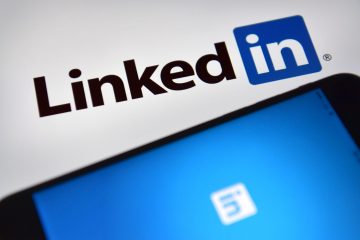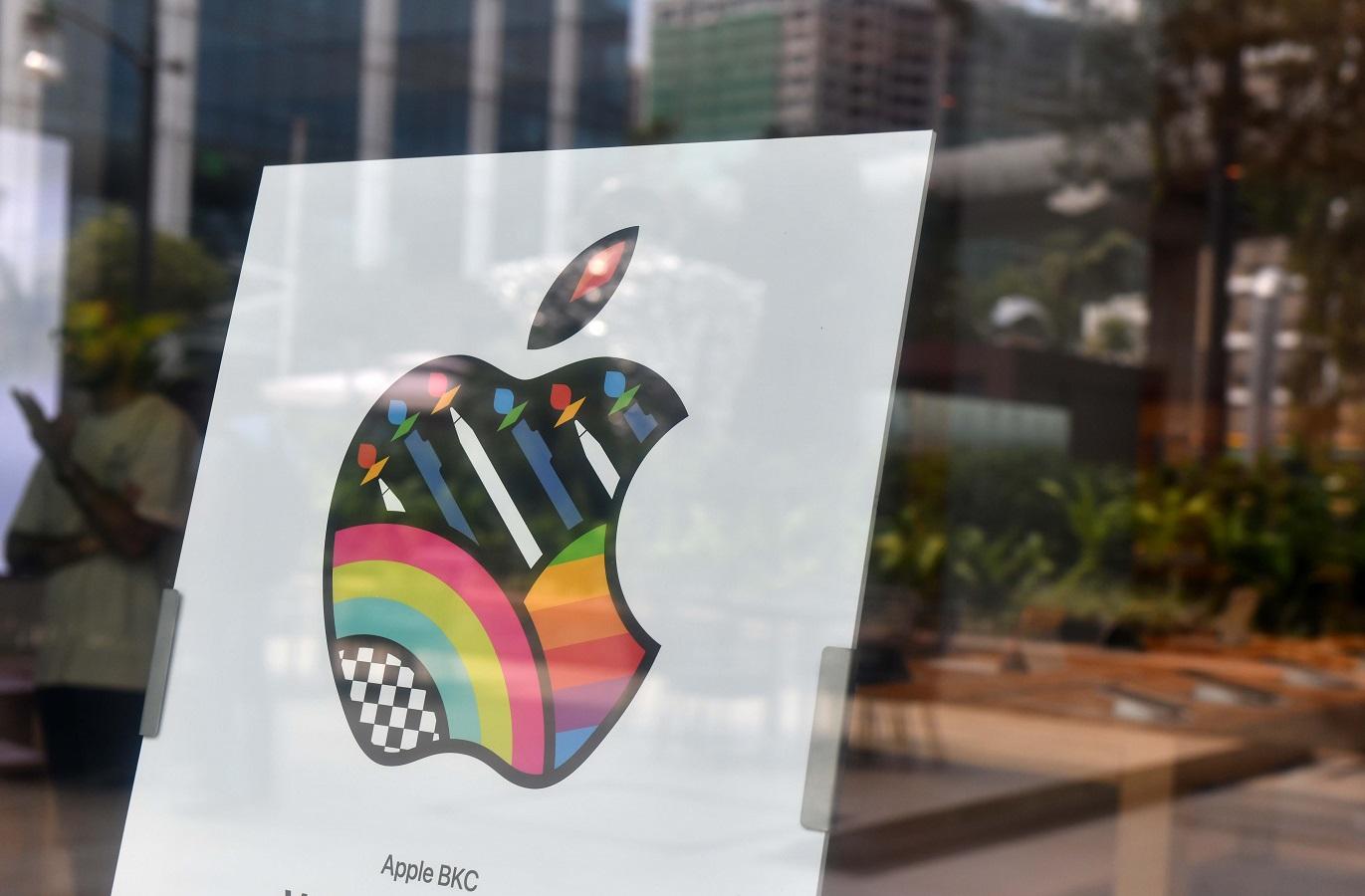When my brilliant friend and batchmate at IIT, Delhi (CGPA of 10 points and gold medallist) declared that he would be pursuing a Master’s degree, leading to a PhD, in Artificial Intelligence in the USA, I was intrigued. Also curious. This was 1982. He sat me down and patiently explained the significance of the force that the two words when conjoined, could generate in the next few decades.
When we had joined the IIT in 1977, log tables and slide rules were just giving way to the simple calculator and later the scientific calculator, for use in examinations. There was not much controversy as this seemed a logical progression. The question did come up however, whether schools should permit calculators. At that time, the spontaneous reaction was a clear No! We felt that the touch and feel of maths tables was critical to early brain training.
Fast forward to 2018. My friend, now representing Amazon, delivered a Ted Talk in conversation with Shahrukh Khan on the power of the Voice, while introducing Alexa. It was fascinating. Alexa did not seem a threat. Just a helpful assistant.
Moving still further, to Feb. 2023, ‘Microsoft has rolled out some new limits for its ChatGPT powered Bing AI. Apparently, Bing had gone off the rails and had been insulting, threatening and mocking to some users’ reported the press. This rang a loud alarm bell.
Parents, educationists, students, employees and employers are each concerned, on how we, and our future generation, will remain relevant? In our country, this question becomes even more critical, since we must on a net basis, create jobs at all levels of skills.
Through this article, I would like to make a few suggestions for discussion. There are no easy answers of course.
We are in the era of Industry 4.0 powered by AI. And therefore, education will necessarily have to adapt to the new reality. We have conventionally been used to having a teacher in front of a blackboard teaching us as if we were on a conveyor belt on a factory shop-floor. We have now to move rapidly, to improving the comprehension and analytical abilities of children continually.
Children are born curious. Education must therefore nurture curiosity, so that it becomes part of a student’s DNA and therefore a lifelong trait. Curiosity leads to the ability to think critically; continually evaluate and process information, and consequently generate new ideas. This can give students the much needed self-confidence to communicate their thoughts creatively.
The teacher’s role changes to that of a guide, a mentor, a facilitator, a provider of frameworks and an experience sharer. Classrooms of the future will best be designed to foster greater collaboration among students, with wide spaces and also technologically equipped for ease of use. However, schools must also encourage students to be physically active, provide for team sports, arts & crafts, hobbies and other extra-curricular activities for continued holistic development.
As we move to the workplace; during a career of 35-40 years, how do we keep reinventing ourselves? Unlearning and relearning. Skilling and reskilling to remain relevant and also positively employable? Here are five suggestions for discussion :
First, ‘a kaizen a day…’: As most of us in the manufacturing industry are aware, ‘kaizen’ is a Japanese approach to continuous change for the better. As employees, regardless of our skill levels or our position in the hierarchy, we must endeavour to embrace kaizen on a daily basis in our work place or work process. This keeps our mind proactively looking for ideas for constant improvement, be it in cost, quality, productivity, technology, product or service. Also, a series of kaizens in a very short period of time on the same process can actually lead to a disruptive innovation.
Secondly, ‘follow your passion’ : If you are going to be spending the best part of your productive life at a formal work place, you may as well enjoy every minute of it. That can only happen if your heart and mind are both aligned to what you set out to do. It will feed your creativity and help you innovate. You can select the vocation you are passionate about and build it into a career, that is also financially rewarding. Fortunately, in this day and age, many options are not only available, but are also increasing.
Thirdly, be an enthusiastic team player : Except in very specific cases e.g. R&D, I have always preferred team players over those who are brilliant and who operate as individuals. A combination of both qualities – brilliance and teamwork – would of course be ideal, but is rare. Time and time again, cohesive teams deliver high quality and enduring results. Also, team members go the extra the mile in supporting one another, especially in times of adversity.
Fourthly, always think and act with sustainability and circularity in mind : Every small action of yours, together with that of your colleagues, will become a force multiplier for the organisation that you represent, in its endeavour to be socially inclusive and environmentally sustainable. The higher purpose! Young people intuitively wish to work for and contribute to this higher purpose. It is a great motivator. It is also good for business.
Fifthly and finally, keep abreast of technology and technological changes: Make technology your friend. Your aid to enhance your knowledge, your productivity and that of your team, as also your work processes. Adopting and learning new tech should not be left to techies. Techies can design. But you should utilise tech to your and your organisations’ advantage.
To conclude, we must remember that employers of the future are also doing their best to retain talent. They need you! They will need to become more flexible; have career paths that are customised for diversity; foster creativity and innovation; utilise technology that is enabling and supportive.
Together, you can win in this brave new world!
The writer is chairman, CII National Mission of Technology, Innovation and Research and former MD & CEO, Ashok Leyland and JCB India
Note:- (Not all news on the site expresses the point of view of the site, but we transmit this news automatically and translate it through programmatic technology on the site and not from a human editor. The content is auto-generated from a syndicated feed.))



